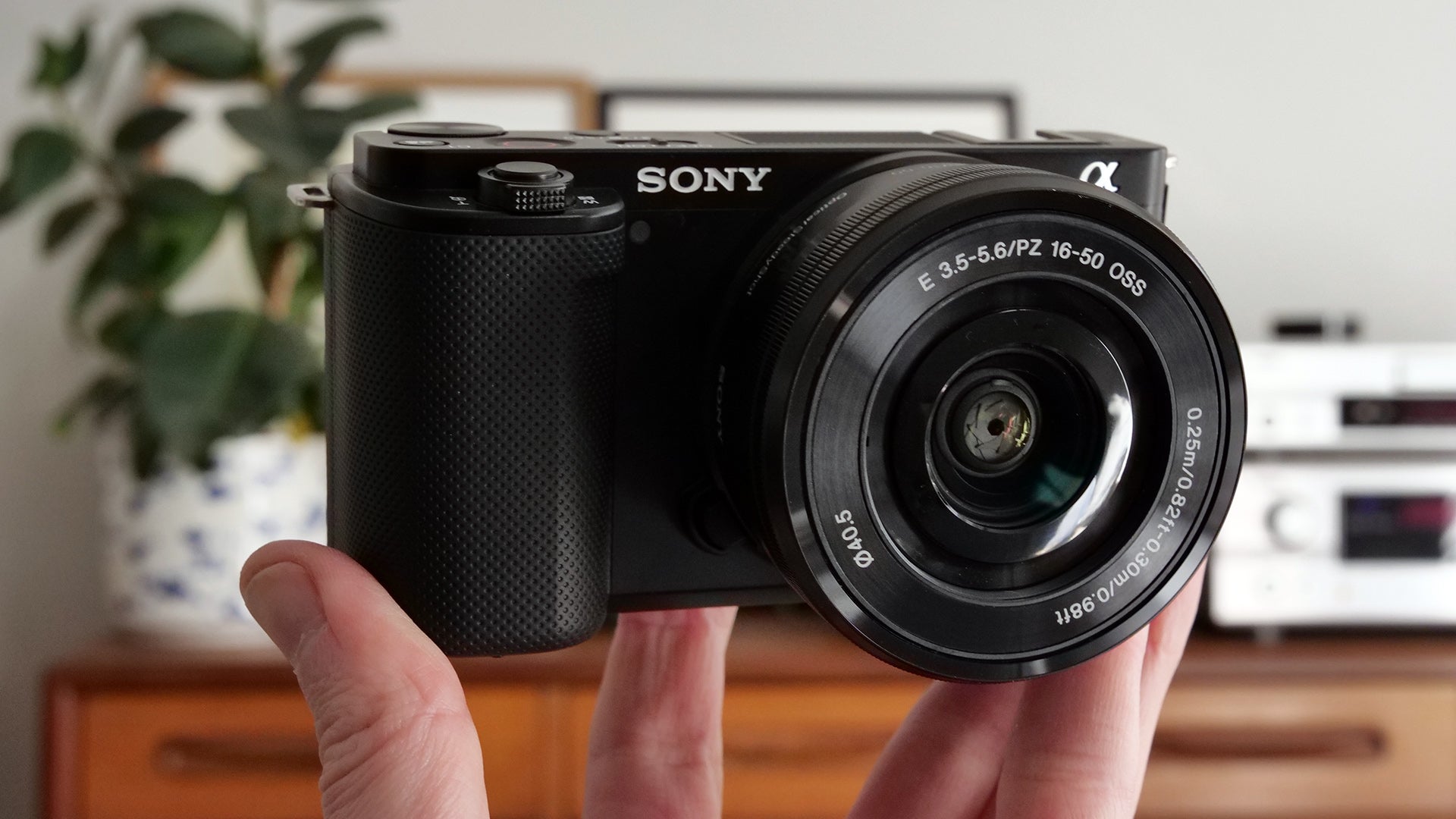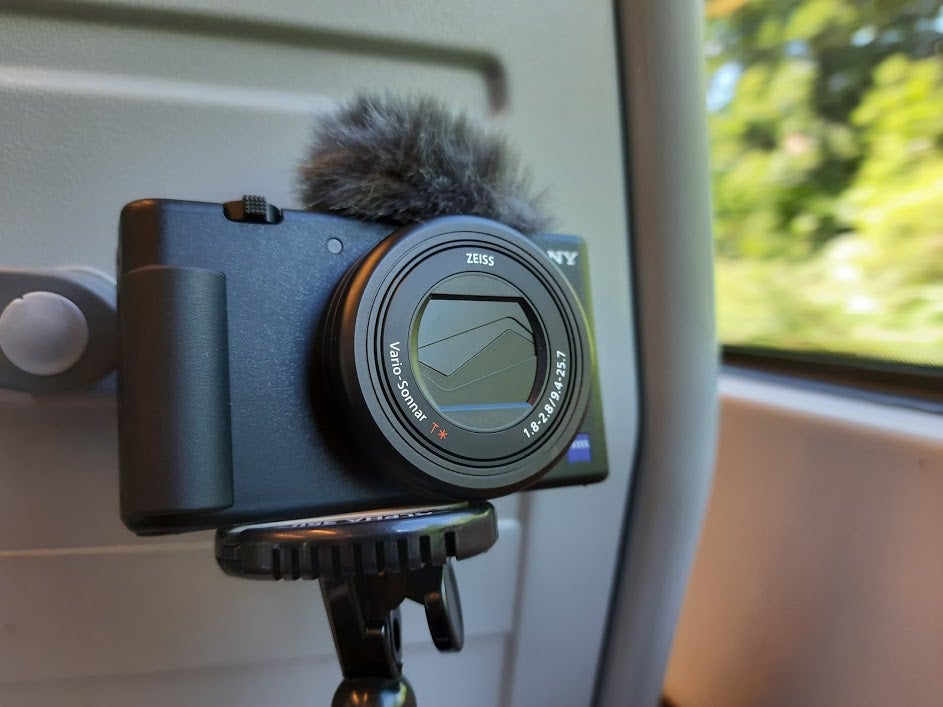DJI Mini 3 vs DJI Mini 2: What’s new?
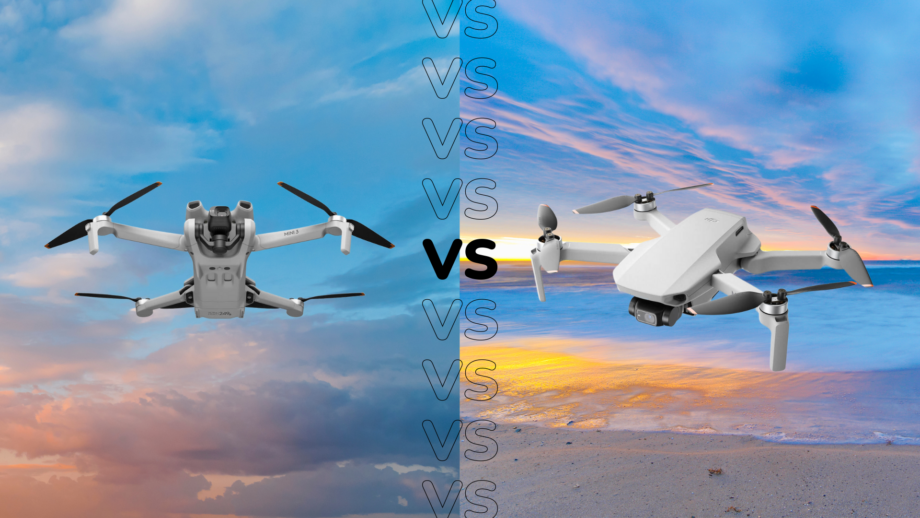
In December, DJI updated its smallest consumer drone line with the DJI Mini 3. The drone came two years after DJI impressed us with its 4.5-star DJI Mini 2. So, what’s new?
We’ve narrowed down all the major differences between the DJI Mini 2 and the DJI Mini 3 so you can get a better idea of which one is right for you, along with whether it’s worth upgrading from the Mini 2.
The DJI Mini 3 has a larger image sensor
With the Mini 3, DJI took a number of upgrades found on last year’s Mini 3 Pro and applied them to the standard, more affordable Mini. This includes the new 1/1.3-inch CMOS sensor, which replaces the 1/2.3-inch CMOS sensor on the Mini 2.
The new sensor combined with a f/1.7 aperture allows for greater image resolution, sharper depth of field and cleaner images even in low light and high contrast settings, according to DJI.
However, both the DJI Mini 3 and the DJI Mini 2 are capable of delivering the same sized 4K/30fps video and 12-megapixel stills.
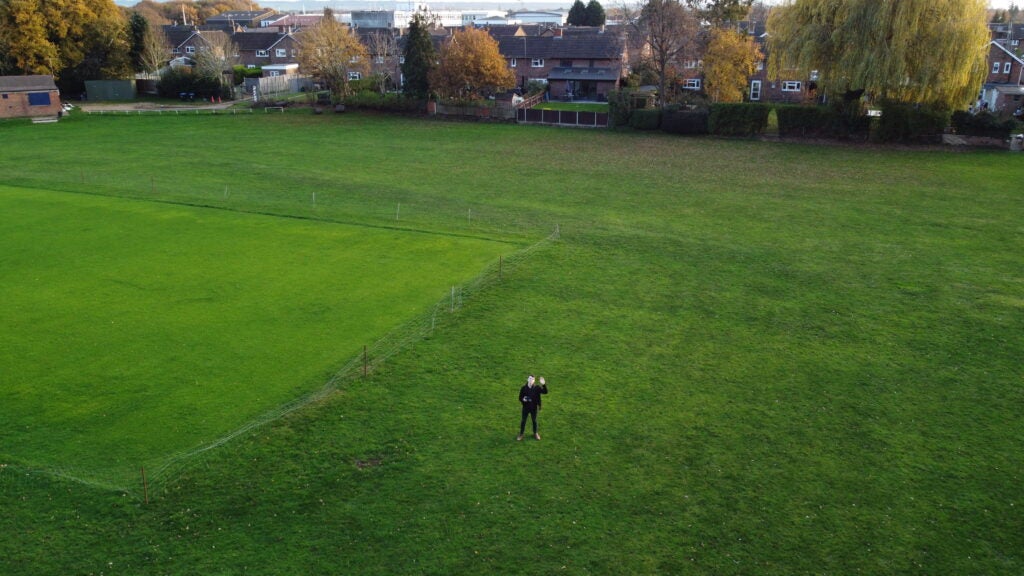

We found the camera performance on the DJI Mini 3 to be decent for an entry-level drone. We noticed some sharpness drop-off in the corners of images and the camera doesn’t support the same D-Cinelike profile found on the Pro model, but video is nevertheless sharp, detail-rich and clear, even on an overcast winter’s day.
Likewise, we found the video quality on the DJI Mini 2 to be sharp and stable whether filming on a sunny day or surrounded by morning fog.
The DJI Mini 3 supports HDR video
A major upgrade for the DJI Mini 3 is the addition of chip-level HDR support. This is another feature taken from the DJI Mini 3 Pro, resulting in clearer, more true-to-life colours when recording in 4K.
However, it’s important to note that HDR is only supported at up to 30fps on the DJI Mini 3. The 4K setting caps out at 30fps anyway so this won’t make a difference when recording in UHD, but 2.7K can be captured at up to 60fps. In this instance, you’ll need to choose between frame rate or a higher dynamic range.
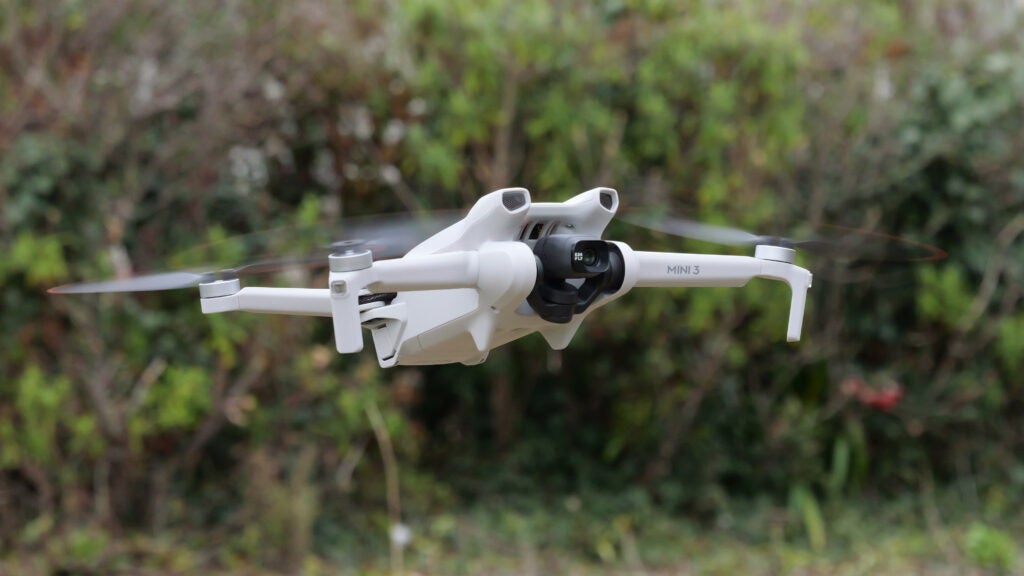
The DJI Mini 3 is better for social media
The Mini 3 includes DJI’s True Vertical Shooting feature, which allows you to rotate the camera 90 degrees to film content for vertical social media platforms such as TikTok and Instagram.
You can also access a variety of templates in the LightCut video editing app to capture ready-to-share results in both horizontal and vertical orientations.
The DJI Mini 3 has a longer flight time
Finally, the DJI Mini 3 has a more efficient battery life than both the Mini 2 and the Mini 3 Pro, using the same standard Intelligent Flight Battery.
Where the DJI Mini 2 could fly for 31-minutes, the DJI Mini 3 has a maximum flight time of 38-minutes on one charge. That’s even more than the 34-minutes found on the DJI Mini 3 Pro.
However, if you want the longest battery life from a DJI Mini drone, the Mini 3 Pro is capable of flying for up to 47-minutes using the upgraded Intelligent Flight Battery Plus.
Regardless of which drone you choose, we think it’s worth picking up a couple of extra batteries to ensure you don’t miss the perfect shot.
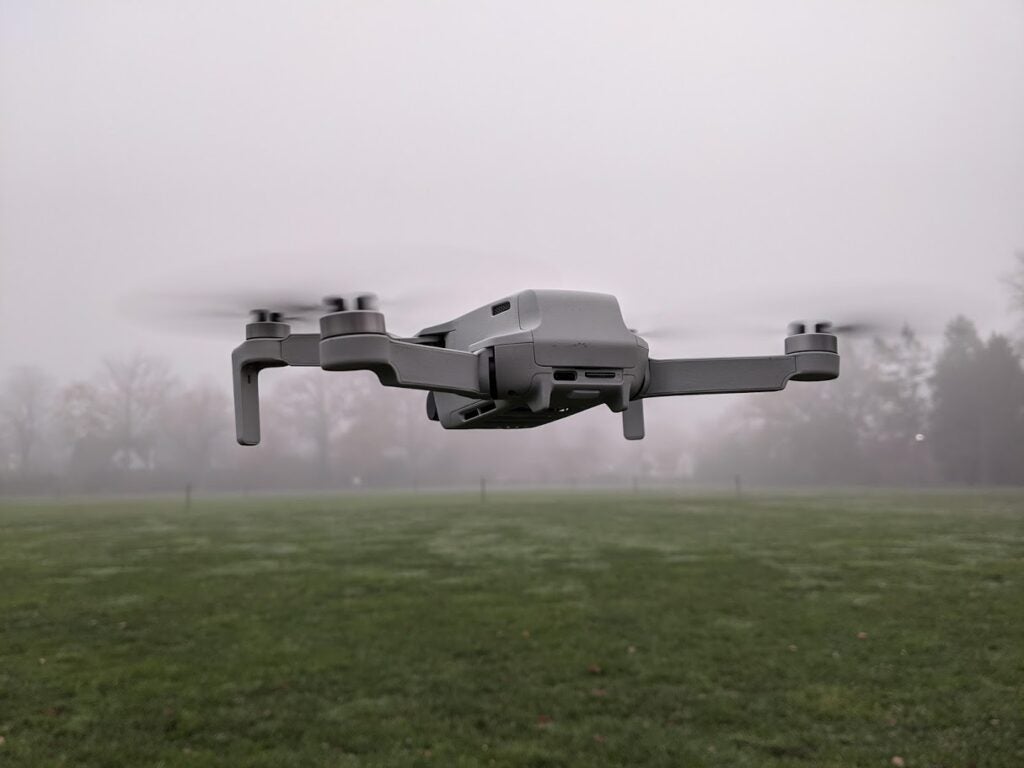
The DJI Mini 2 is cheaper
If you’re on a budget, it’s worth considering the prices of the two drones along with the specs.
At £439 with no controller, the DJI Mini 3 costs £20 more than the £419 DJI Mini 2. It’s also worth looking at DJI’s Fly More Combos before you settle on a drone as these tend to come with loads of useful accessories, including controllers, spare batteries and bags.



